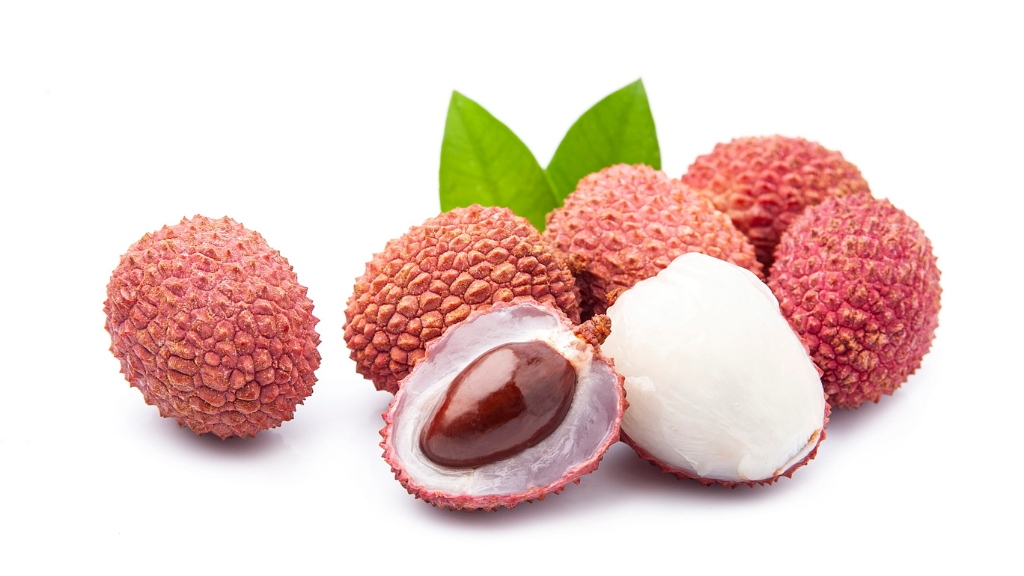Learn About The Role Of Lychees Throughout History


If you have a lychee tree in your backyard, you doubtless appreciate the evergreen foliage and sweet, egg-sized fruit with its textured pink rind. But you may not know anything about the long and winding road of the lychee history that brought this heirloom fruit tree from antiquity to the present day. Read on for a tour of lychees throughout history.
Lychee Fruit Origins
The Chinese can regard lychee trees as local trees that made good. Lychee history began in China in the southern lowlands of the Kwangtung and Fukien provinces. The trees thrived near water, along rivers and near the coast. Lychee fruit origins were in China and, in fact, the tree stayed within the region for centuries. It was esteemed in China as the king of all fruits and praised in Chinese literature from 1059 A.D. onward. But the admiration the lychee received in China was not what kept the plants there. In fact, although lychee trees can live thousands of years, their seeds only live for a few days. That meant the seeds could not travel far and remain viable.
Lychees Through History
However, in time, seed treatment was developed that kept them viable longer, and the lychee finally began moving out of China. Cultivation first spread to the neighboring areas of southeastern Asia that border China and to its offshore islands. From there, toward the end of the 17th century, the lychee was brought to Burma, then to India and the East Indies. It wasn't until the 19th century that the lychee tree arrived in the West. It appeared in England and France first, where it was planted in greenhouses, and from there was taken to the East Indies. According to lychee history, it reached Hawaii in 1873, Florida in 1883, and California in 1897. Despite the fact that the lychee tree has been cultivated in the West, including Hawaii, Southern California and Florida in this country, the East remained the primary producer of lychee fruit. In the 1920's, China's produced 30 million lbs. (13.6 million kg.) of lychees, and remained the top producer and this dominance continues today. The tree grows best in warm subtropical weather, areas with short, mild winters and long, hot summers with high humidity. Today, India has moved into second spot in lychee production. You can also find lots of lychee trees in Pakistan, Bangladesh, Burma, Taiwan, Japan, the Philippines, Queensland, Madagascar, Brazil and South Africa.
Sign up for the Gardening Know How newsletter today and receive a free copy of our e-book "How to Grow Delicious Tomatoes".

Teo Spengler is a master gardener and a docent at the San Francisco Botanical Garden, where she hosts public tours. She has studied horticulture and written about nature, trees, plants, and gardening for more than two decades, following a career as an attorney and legal writer. Her extended family includes some 30 houseplants and hundreds of outdoor plants, including 250 trees, which are her main passion. Spengler currently splits her life between San Francisco and the French Basque Country, though she was raised in Alaska, giving her experience of gardening in a range of climates.